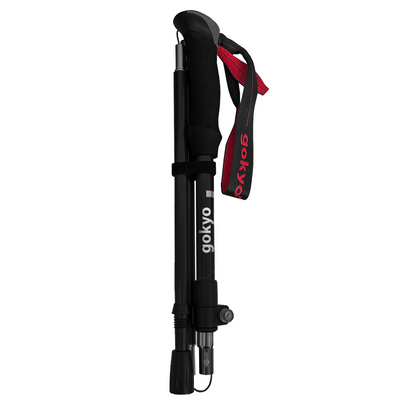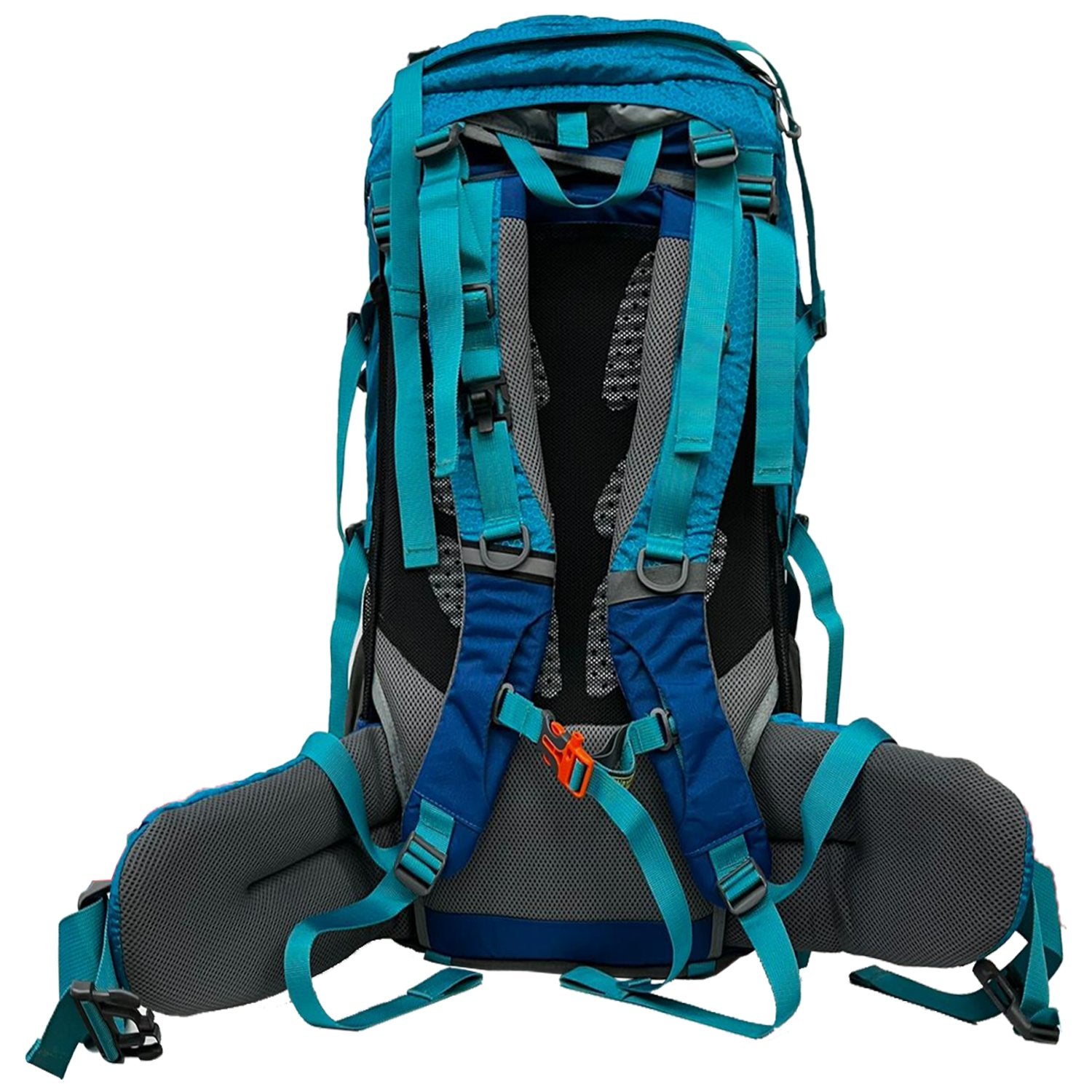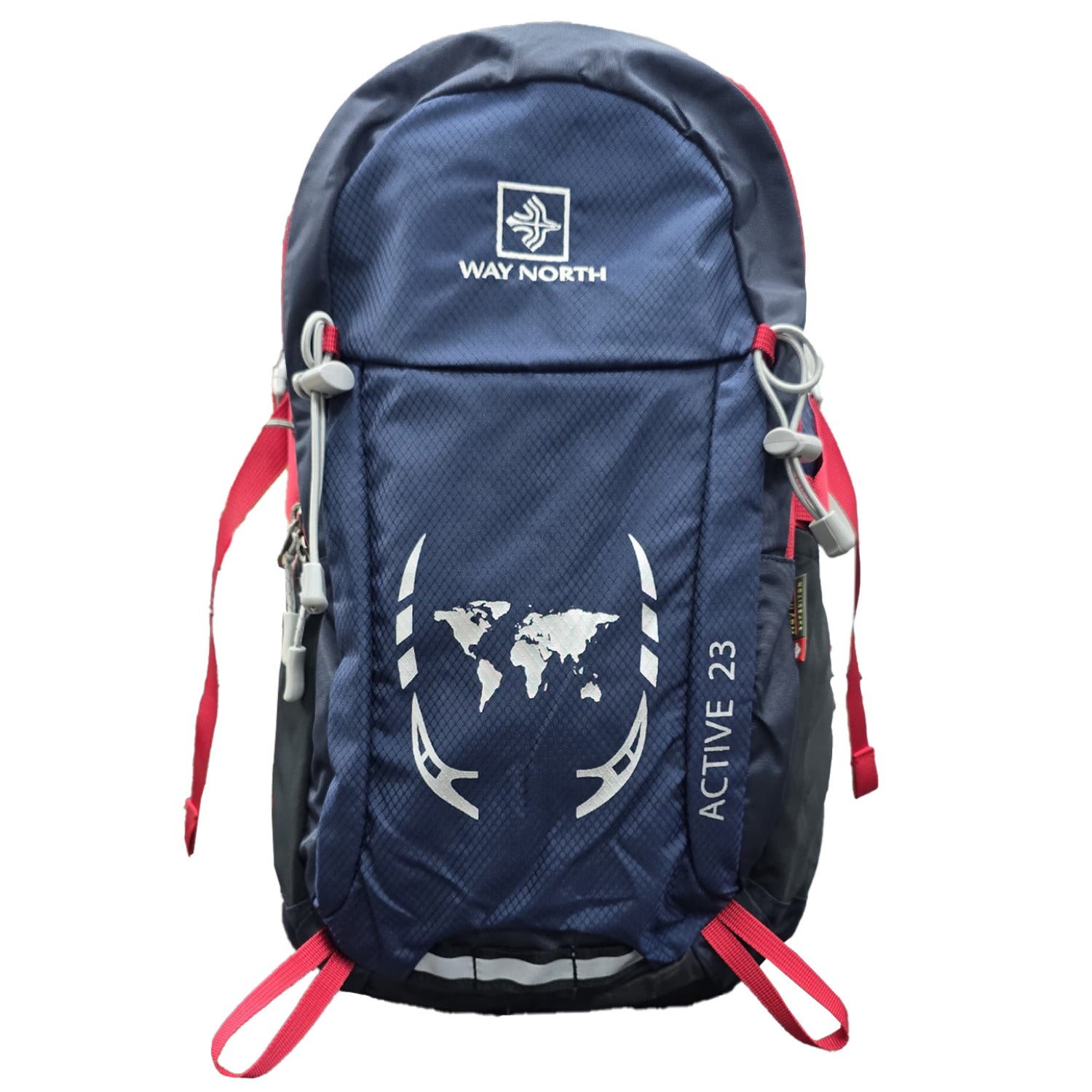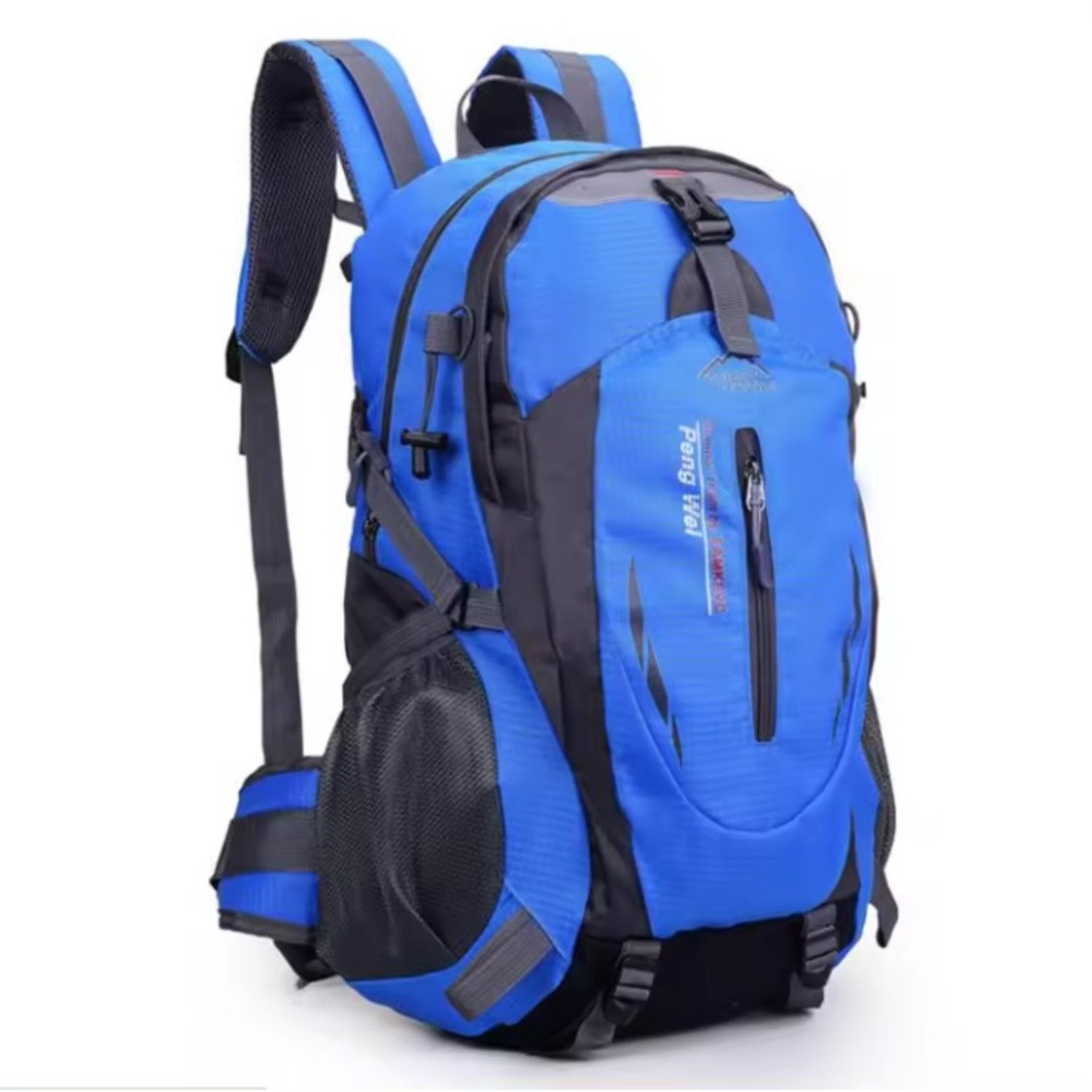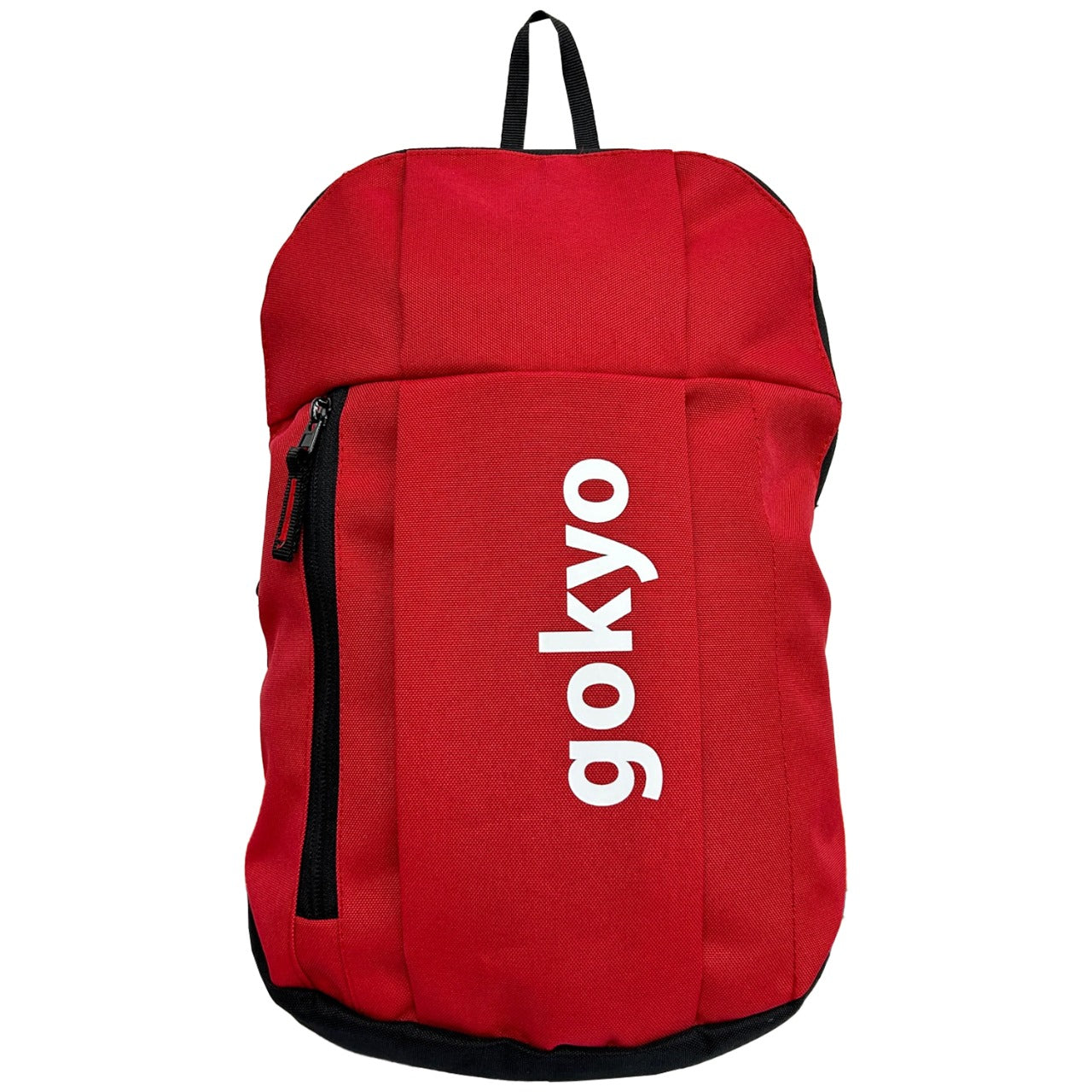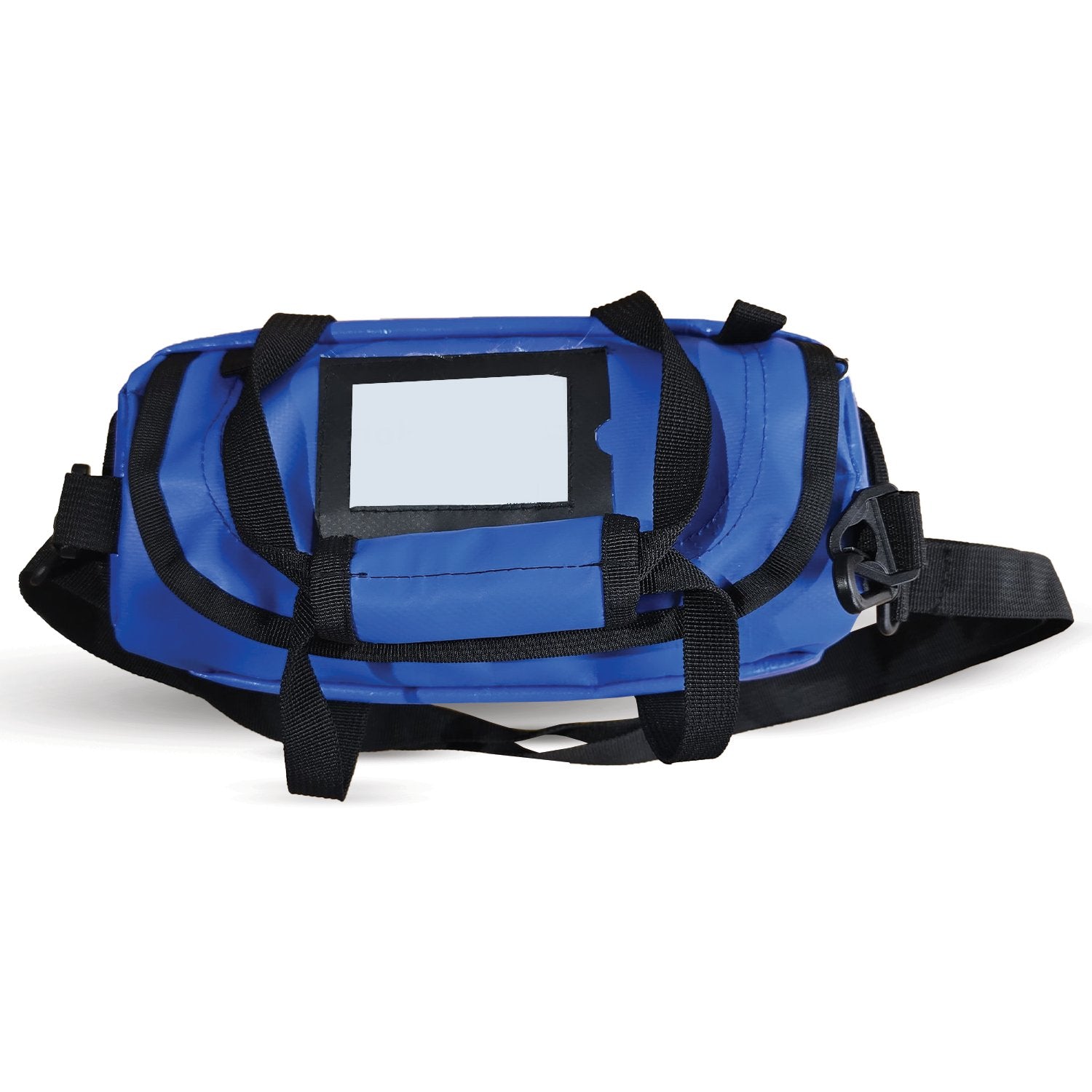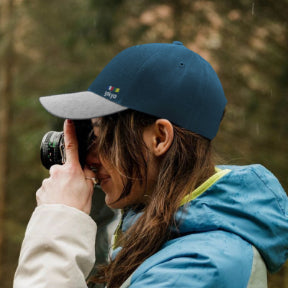A successful and enjoyable trekking adventure hinges on meticulous planning and preparation. Packing the right gear is paramount for safety, comfort, and the ability to handle the unexpected. This list explores 10 essential items you shouldn't leave behind on your next trek.
- Trekking Backpack: Your backpack is your home away from home on the trail. Choose a comfortable pack with a size appropriate for your trip duration. A good rule of thumb is 30-45 liters for day hikes and 45-65 liters for overnight adventures.
- Trekking Shoes: Rugged and supportive trekking shoes are vital for navigating uneven terrain and protecting your ankles. Look for shoes with good traction, a waterproof membrane, and a comfortable fit. Gokyo offers a wide selection of trekking shoes designed for various terrains and weather conditions.
- Base Layer: A moisture-wicking base layer made from merino wool or synthetic fabric is essential for regulating temperature and keeping you dry. This first layer of clothing helps move sweat away from your skin, keeping you comfortable during exertion and warm in cooler temperatures.
- Mid Layer: An insulating mid-layer, such as a fleece jacket or a lightweight puffer jacket, provides warmth during rest breaks and in cold weather. Choose a mid-layer with breathability to avoid overheating while on the move.
- Outer Shell: A waterproof and breathable outer shell jacket and pants are crucial for protection from rain, wind, and snow. Look for jackets with features like a hood, pit zips for ventilation, and seam sealing for complete waterproofness.
- Navigation: Even with GPS devices, a physical map and compass are essential for backcountry navigation. Learn how to use them before you hit the trail. A GPS device can be a valuable backup, especially in unfamiliar territory. Download offline maps beforehand in case of signal loss.
- Headlamp: A reliable headlamp is crucial for nighttime emergencies or low-light conditions. Choose a headlamp with multiple light modes, including a bright setting for navigating in the dark and a red light mode for preserving night vision while reading maps or moving around camp without disturbing others.
- First-Aid Kit: A well-stocked first-aid kit is essential for treating minor injuries on the trail. Be sure to include items like bandages, antiseptic wipes, pain relievers, and any medications you personally require.
- Hydration: Stay hydrated by bringing a reusable water bottle or a hydration pack with enough capacity for the duration of your hike. Consider water purification tablets or a filter if you'll be relying on natural water sources.
- Sun Protection: Sunscreen, a wide-brimmed hat, and sunglasses are essential for protecting yourself from harmful UV rays. Choose a broad-spectrum sunscreen with SPF 30 or higher and reapply throughout the day, especially after sweating or swimming.
Hands-Free Lighting: Best Headlamps for All Outdoor Needs
Bonus Gear:
-
Trekking Poles: Trekking poles can improve balance, reduce joint stress, and help propel you forward on the trail. They can also be helpful for stream crossings and navigating uneven terrain.
-
Repair Kit: A small repair kit with items like duct tape, safety pins, and sewing supplies can be handy for fixing minor gear malfunctions on the trail.
-
Waste Disposal Bags: Respect the environment by packing out all your trash and using designated waste disposal areas.
Shop the Best Trekking Poles for Hiking and Trails
Planning and Packing Tips:
By carefully planning your trek and packing the essential gear, you can ensure a safe and enjoyable adventure. Remember to research the specific weather conditions and terrain of your chosen trail, and adjust your gear selection accordingly.
Gokyo Outdoor Clothing & Gear:
For many of the essential items listed above, Gokyo Outdoor Clothing & Gear offers a wide range of high-quality options designed for the specific needs of trekkers. From trekking shoes and headlamps to puffer jackets and durable backpacks, we can help you gear up for your next adventure. Visit our website or store to explore our selection and find the perfect gear to conquer the trail!
Frequently Asked Questions (FAQs) :
-
What size trekking backpack should I choose?
For day hikes, a 30-45 liter pack is usually sufficient. For overnight trips, go for 45-65 liters to accommodate extra gear.
-
Why are trekking shoes important?
Trekking shoes provide support, traction, and protection on uneven terrain, helping to prevent injuries and improve comfort.
-
What’s the difference between base and mid layers?
A base layer wicks moisture away from your skin, while a mid-layer provides insulation and warmth. Both are essential for temperature regulation.
-
Why do I need a headlamp?
A headlamp is crucial for navigating in low-light conditions and handling nighttime emergencies. Look for one with multiple light settings.
-
How can I stay hydrated on the trail?
Bring a reusable water bottle or hydration pack. Consider water purification tablets or a filter if relying on natural water sources.
-
Does Gokyo Outdoor Clothing & Gear offer trekking poles?
Yes, we offer trekking poles that improve balance and reduce joint stress, helping you navigate various terrains more effectively.









